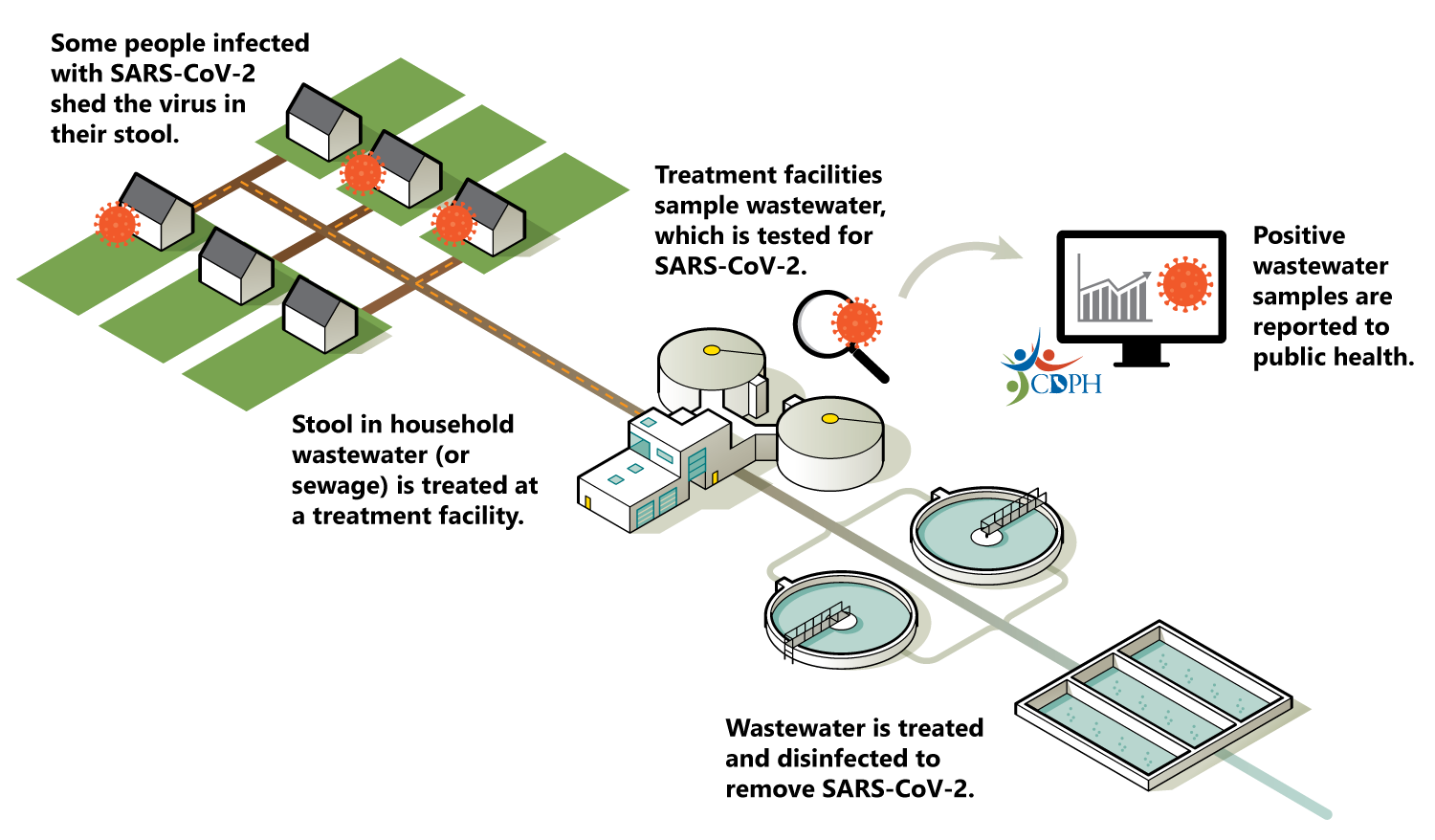What is Wastewater Surveillance?

Wastewater surveillance involves collecting and analyzing wastewater samples from sewage systems to detect the presence of pathogens, such as viruses, bacteria, and parasites. The primary goal of wastewater surveillance is to monitor the spread of infectious diseases in a community and provide early warning systems for potential outbreaks. By detecting pathogens in wastewater, public health officials can quickly identify areas with high levels of disease transmission and take targeted interventions to prevent further spread.
How Does Wastewater Surveillance Work?
Wastewater surveillance involves a multi-step process that includes sample collection, laboratory analysis, and data interpretation. The process typically involves the following steps:
- Sample Collection: Wastewater samples are collected from sewage systems, either at the treatment plant or at specific locations within the sewer network.
- Sample Processing: Collected samples are processed to concentrate the pathogens and remove any debris or contaminants.
- Laboratory Analysis: Processed samples are then analyzed using various laboratory techniques, such as polymerase chain reaction (PCR), to detect the presence of specific pathogens.
- Data Interpretation: The results of the laboratory analysis are interpreted to determine the presence and concentration of pathogens in the wastewater.
Benefits of Wastewater Surveillance
Wastewater surveillance offers several benefits, including:
- Early Warning System: Wastewater surveillance can provide an early warning system for potential outbreaks, allowing public health officials to take targeted interventions to prevent further spread.
- Community-Level Monitoring: Wastewater surveillance can monitor disease transmission at the community level, providing a more comprehensive understanding of disease spread.
- Cost-Effective: Wastewater surveillance can be a cost-effective approach to disease surveillance, particularly in low-resource settings.
- Anonymous Testing: Wastewater surveillance is an anonymous testing method, eliminating the need for individual-level testing and reducing concerns about privacy and stigma.
Applications of Wastewater Surveillance
Wastewater surveillance has various applications, including:
- COVID-19 Surveillance: Wastewater surveillance has been widely used to track the spread of COVID-19, providing valuable insights into disease transmission and informing public health decisions.
- Influenza Surveillance: Wastewater surveillance can be used to monitor the spread of influenza, providing early warning systems for potential outbreaks.
- Foodborne Illness Surveillance: Wastewater surveillance can be used to detect the presence of foodborne pathogens, such as norovirus and Salmonella, in wastewater.
- Antimicrobial Resistance Surveillance: Wastewater surveillance can be used to monitor the spread of antimicrobial-resistant pathogens, providing insights into the emergence and transmission of resistance.
Challenges and Limitations
While wastewater surveillance offers several benefits, there are also challenges and limitations to consider, including:
- Technical Challenges: Wastewater surveillance requires specialized laboratory equipment and expertise, which can be a challenge in low-resource settings.
- Data Interpretation: Interpreting wastewater surveillance data can be complex, requiring expertise in epidemiology, microbiology, and statistics.
- Sampling Strategies: Developing effective sampling strategies is crucial to ensure representative samples are collected and analyzed.
- Public Health Infrastructure: Wastewater surveillance requires a strong public health infrastructure, including laboratory capacity, data management systems, and communication networks.
FAQs
- What is the purpose of wastewater surveillance?
Wastewater surveillance is used to monitor the spread of infectious diseases in a community and provide early warning systems for potential outbreaks. - How is wastewater surveillance performed?
Wastewater surveillance involves collecting and analyzing wastewater samples from sewage systems to detect the presence of disease-causing microorganisms. - What are the benefits of wastewater surveillance?
The benefits of wastewater surveillance include providing an early warning system for potential outbreaks, community-level monitoring, cost-effectiveness, and anonymous testing. - What are the applications of wastewater surveillance?
Wastewater surveillance has various applications, including COVID-19 surveillance, influenza surveillance, foodborne illness surveillance, and antimicrobial resistance surveillance. - What are the challenges and limitations of wastewater surveillance?
The challenges and limitations of wastewater surveillance include technical challenges, data interpretation, sampling strategies, and public health infrastructure.
Conclusion
Wastewater surveillance for pathogens is a vital tool in public health, offering a cost-effective and anonymous approach to disease surveillance. By detecting pathogens in wastewater, public health officials can quickly identify areas with high levels of disease transmission and take targeted interventions to prevent further spread. While there are challenges and limitations to consider, the benefits of wastewater surveillance make it an essential component of disease surveillance systems. As the field continues to evolve, it is likely that wastewater surveillance will play an increasingly important role in protecting public health and preventing the spread of infectious diseases. By investing in wastewater surveillance and addressing the challenges and limitations, we can create a more comprehensive and effective disease surveillance system that benefits communities worldwide.
Closure
Thus, we hope this article has provided valuable insights into Wastewater surveillance for pathogens. We hope you find this article informative and beneficial. See you in our next article!